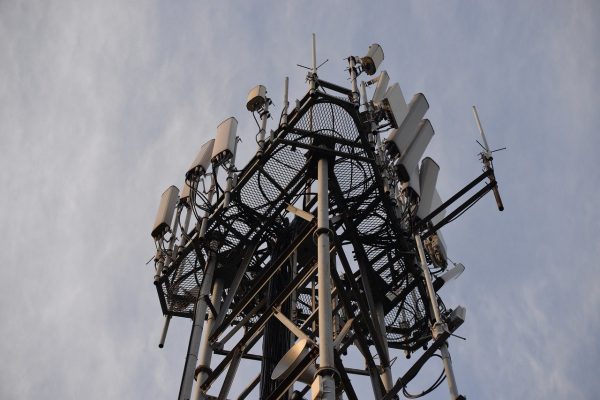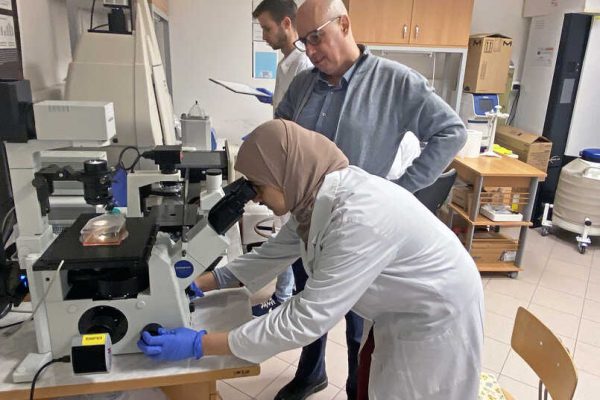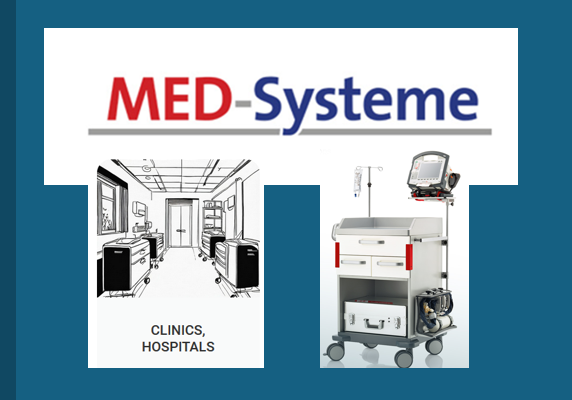Hungarian scientists discovered a method by which breast cancer can be diagnosed much earlier, easier and swifter. Their related article became the 30th most read in Nature magazine, one of the most recognized scientific journals in the world.
A revolution in breast cancer detection? Breast cancer is the most common cancer in women, and it is the main cause of death from cancer among women in the world. Therefore, Hungarian scientists developed an innovative method, the so-called deep-learning system, an image analysis software which can revolutionize mammography screenings. Their related article published in the Nature Scientific Reports became the 30th most read among the more than 17 thousand articles that appeared in the scientific periodical in 2018 – szeretlekmagyarorszag.hu reported. In fact, the method was already introduced for The Digital Mammography DREAM Challenge that aims to better the evaluation of screening mammograms. The challenge was initiated by the US National Cancer Institute and the Cancer Moonshot Initiative started by former US vice president Joe Biden. In this contest, Dezső Ribli, a PhD student from Eötvös Loránd University (Budapest) and one of the authors of the above-mentioned Nature article came in second place among the more than 1,200 applying scientists.
According to the authors of the Nature paper, the DM challenge provided an excellent opportunity to compare the performance of competing methods in a controlled and fair way instead of self-reported evaluations on different or proprietary datasets. The image analysis software developed by the Hungarian team of scientists is capable of finding 90 pc of the malevolent tumors and, on average, it marks only 30 pc of the images it screens wrongly. In fact, this is a very good ratio in the current medical practice, and it helps the early detection of the illness a lot. Furthermore, the system learns autonomously by constantly analyzing new images.
Faster and tireless AI
If the method performs well on future tests, even those hospitals can start mammography screenings that struggle with the lack of professional workforce or where doctors and nurses are overloaded. About the history of the method, they wrote that in the last two decades, Computer Aided Detection (CAD) systems were developed to help radiologists analyze screening mammograms; however, benefits of current CAD technologies appear to be contradictory; therefore, they should be improved to be considered ultimately useful. Since 2012, deep convolutional neural networks (CNN) have been a tremendous success in image recognition, reaching human performance. These methods have greatly surpassed the traditional approaches, which are similar to currently used CAD solutions. Deep CNNs have the potential to revolutionize medical image analysis because they make as many errors as humans, but they are much faster and tireless.
The article was written by Dezső Ribli PhD-student and István Csabai, professor of Physics, both from Eötvös Loránd University (Budapest), Péter Pollner, a research fellow of the Hungarian Academy of Sciences (MTA) – ELTE Statistical and Biological Physics Research Group, and two researchers from the Semmelweis University (Budapest), Anna Horváth and Zsuzsa Unger.
Source:DailyNewsHungary












